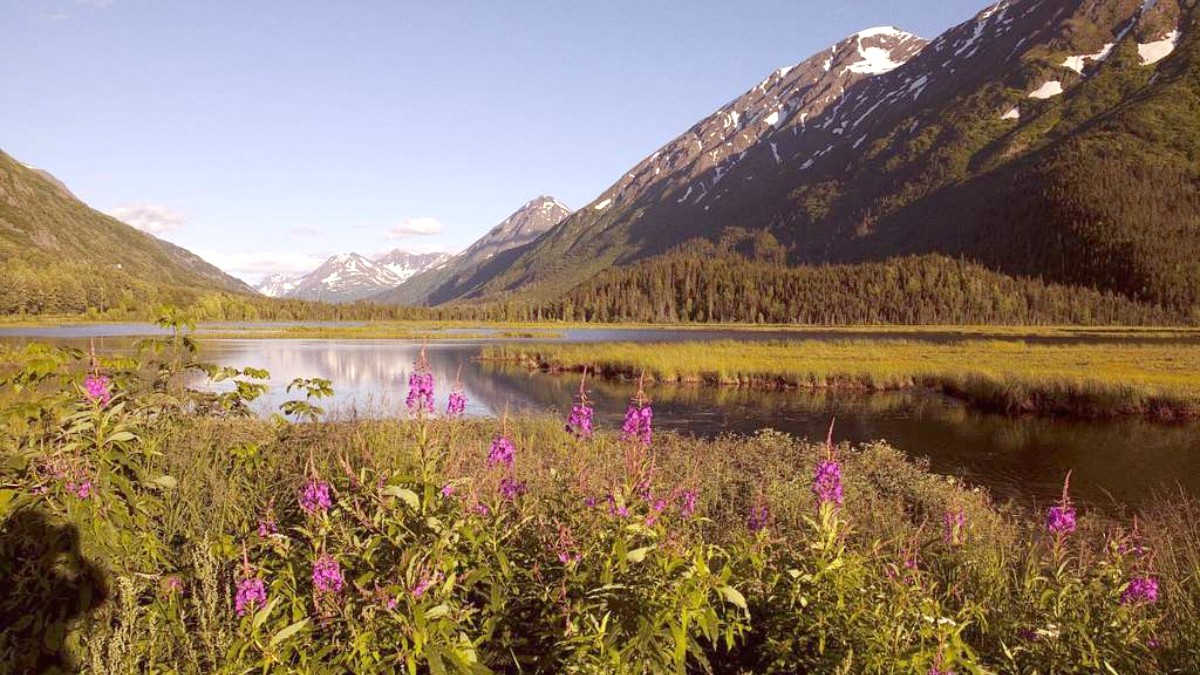
Alaska, USA
No specific vaccinations for entry to Alaska or the U.S. The Centers for Disease Control and Prevention (CDC) recommends standard vaccinations for all travelers to the U.S., including Measles, Mumps, Rubella (MMR), Diphtheria, Tetanus, and Pertussis (DTaP), Polio, Varicella (Chickenpox), and an annual flu shot. Consult a healthcare provider for personalized recommendations.
Despite cooler temperatures, especially on cloudy days, UV radiation is strong in Alaska, notably with reflection off snow, ice, or water. Mosquitoes and other biting insects are prevalent in summer. Hypothermia/Frostbite are risks in cooler months or during outdoor activities in wet, cold conditions. Dress in layers with waterproof outer shells to stay dry. Avoid cotton clothing.
No specific vaccinations are required for entry to Alaska or the U.S. CDC recommends standard vaccinations for all travelers to the U.S. Carry vaccination records. If you have significant medical conditions, allergies, or take prescription medications, a letter from your doctor outlining these details can be helpful.
At this time, there are no specific health-related entry requirements for travelers entering the U.S. This includes no vaccination mandates or testing requirements for entry. Always verify current entry requirements with official U.S. Government sources closer to your travel date, as policies can change.
Seward is surrounded by wilderness. Be aware of bears, moose, and other wildlife, especially on hiking trails.
Carry bear spray on trails. Store food properly when camping. Maintain a respectful distance.
Never approach or feed wild animals.
The waters of Resurrection Bay and Kenai Fjords can be choppy, especially in open water.
Consider taking over-the-counter remedies like Dramamine or Bonine before departure.
Choose a seat in the middle of the boat for more stability.
Tap water in Seward is safe to drink. Food hygiene standards in restaurants are high, regulated by U.S. Health departments.
Confidently fill reusable water bottles from the tap.
Eat confidently from most establishments.
Seward has a low crime rate, especially for violent crime. It is generally considered a safe place for tourists. Standard precautions against petty theft, like keeping valuables secure and not leaving belongings unattended, are wise. There are no specific neighborhoods in Seward known for high crime rates. Tap water in Seward is generally safe to drink and meets high U.S. Standards. Food hygiene standards in restaurants and eateries are high.
Alaska is an active geological region. Seward was devastated by the 1964 Good Friday Earthquake and subsequent tsunami. Tsunami evacuation routes are clearly marked. Familiarize yourself with the nearest assembly points upon arrival. During winter and spring, avalanches pose a risk in mountainous areas, specifically near Exit Glacier. Always follow local advisories and respect trail closures. Heavy snowfall leads to road closures, including sections of the scenic Seward Highway. Driving conditions are hazardous with ice and reduced visibility.
Familiarize yourself with tsunami evacuation routes.
Follow advisories, respect closures, stick to marked trails.
Check road conditions (511.alaska.gov). Drive equipped for snow/ice.
Be aware of bears/moose. Carry bear spray on trails. Maintain distance.
Consider remedies for choppy waters on boat tours.
Alaska travel can be more expensive than other parts of the U.S., especially during the summer.
Expect $30-$60 for hostel dorms or campsites. Food costs are $30-$50 for groceries, casual diners, or fast food. Transportation is $0-$20 for walking or the free summer shuttle. Activities are $0-$70, focusing on free options like hiking or waterfront exploration.
Plan $100-$250 for a mid-range hotel, motel, or B&B. Food is $50-$100 for a mix of casual and sit-down restaurants. Transportation is $30-$80, possibly a rental car or occasional taxis. Activities are $50-$150, including a Kenai Fjords wildlife cruise or the Alaska SeaLife Center.
Travel in Shoulder Season (May or September) for fewer crowds and lower prices for accommodation and tours. Book in advance for the peak summer season. Cook your own meals and utilize Seward's grocery store (QFC). Prioritize free activities like self-guided hikes to Exit Glacier or waterfront walks.